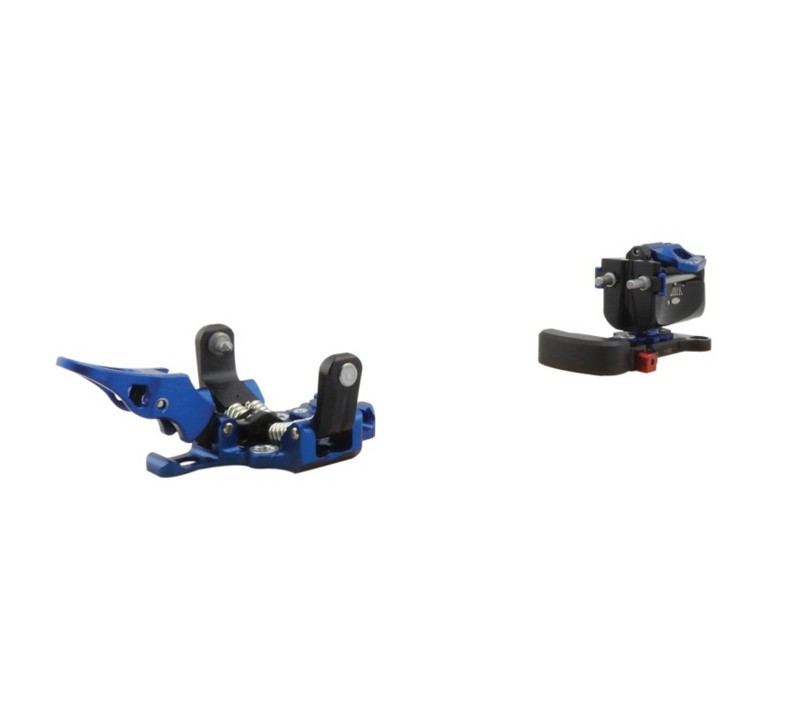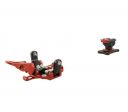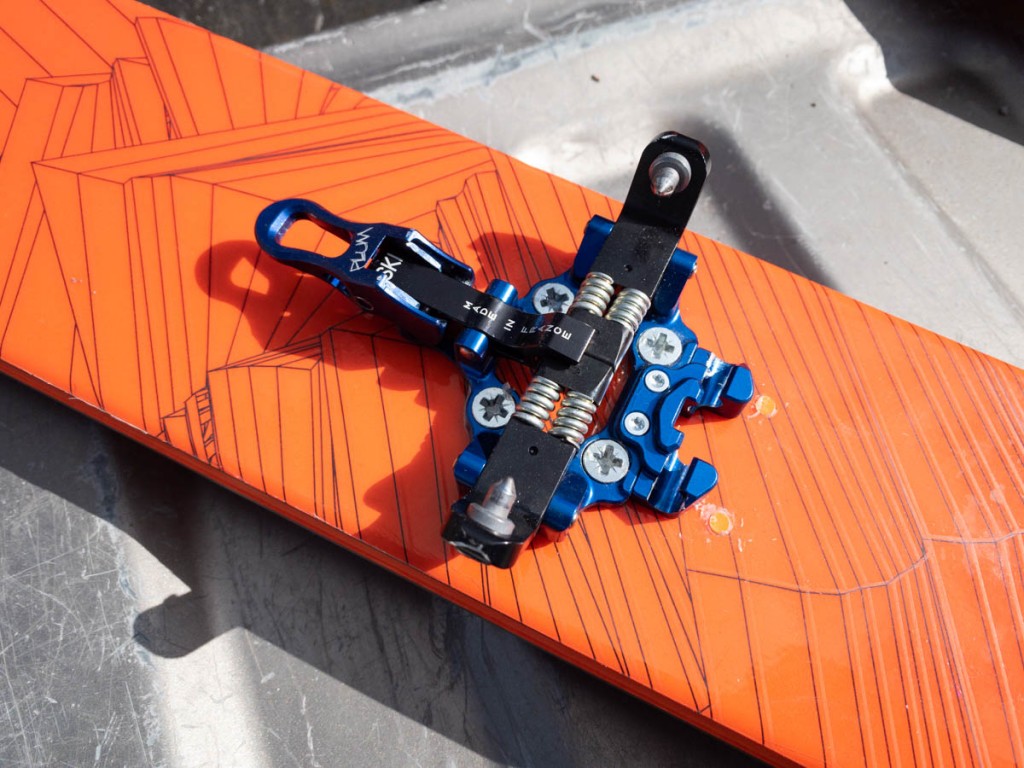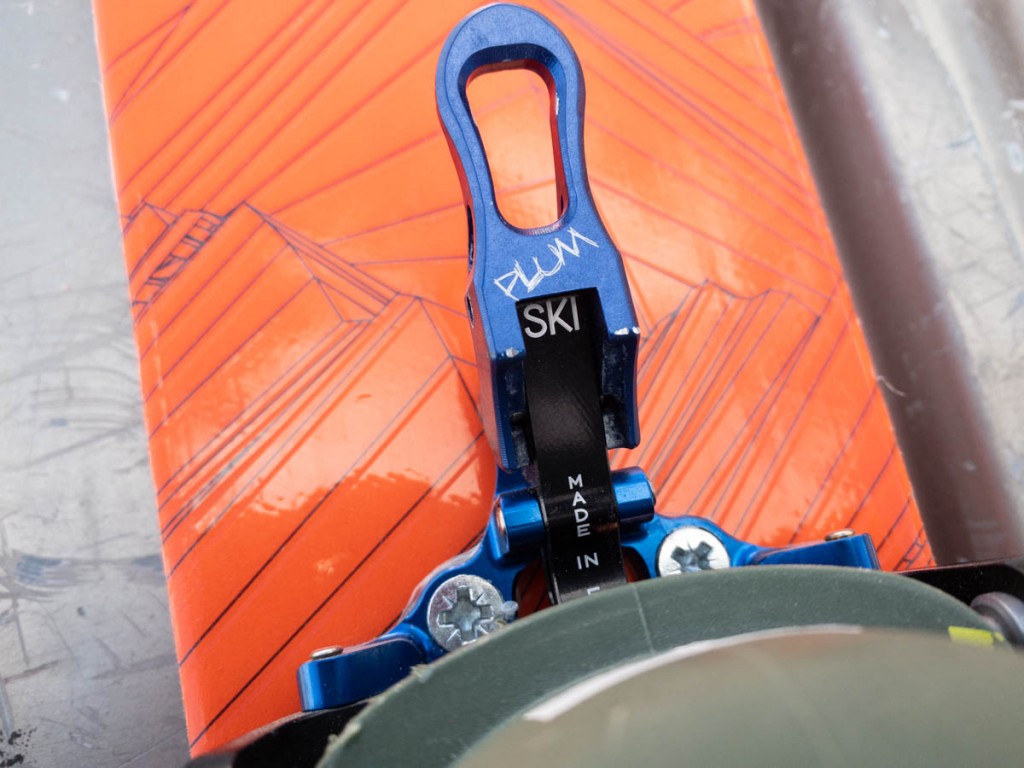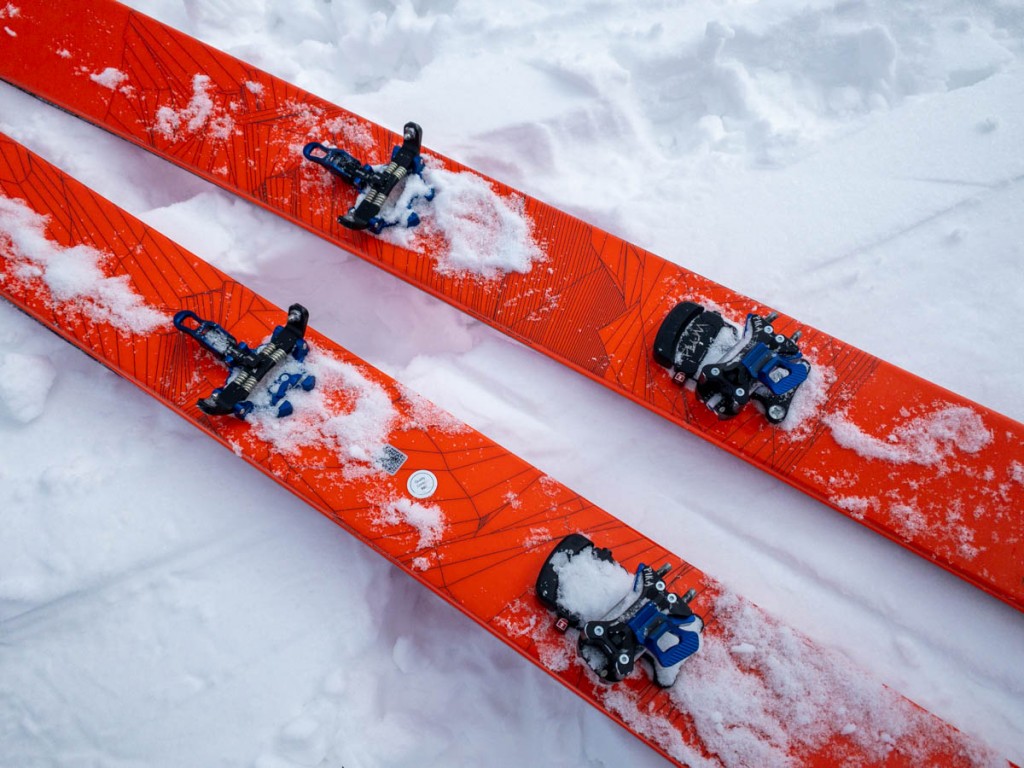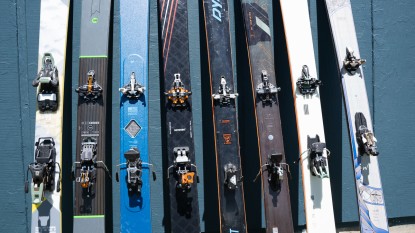Plum Pika Review
Our Verdict
Compare to Similar Products
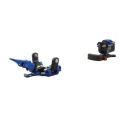 This Product
Plum Pika | |||||
|---|---|---|---|---|---|
| Awards | The Other Best Binding | Best Bang for the Buck | |||
| Price | $539 List | $445 List $438.95 at Backcountry | $599.95 at Evo Compare at 2 sellers | $430 List | $280 List $279.95 at Amazon |
Overall Score  |
|||||
| Star Rating | |||||
| Bottom Line | Plum’s proven construction is available here in a mid-weight, all-around ski touring configuration | For moderate backcountry skiing, these bindings could be just the ultralight ticket you need | This binding has a carefully tailored selection of the features you need while keeping weight to a minimum. The result is an excellent binding for any backcountry skier | We like the basic, simple design and included features. However, we didn't like the movement within the binding | An affordable tech binding that has seen iterative improvements over the decades, yet remains reliable and highly durable |
| Rating Categories | Plum Pika | Plum R170 | Salomon MTN Summit... | Dynafit Seven Summits+ | Dynafit Speed Turn |
| Weight (35%) | |||||
| Downhill Performance (25%) | |||||
| Touring Performance (20%) | |||||
| Ease of Use (15%) | |||||
| Construction Quality (5%) | |||||
| Specs | Plum Pika | Plum R170 | Salomon MTN Summit... | Dynafit Seven Summits+ | Dynafit Speed Turn |
| Weight (pounds for pair) | 1.36 | 0.88 | 1.86 | 1.76 | 1.61 |
| Release Value Range | 4 to 10 | 8 Fixed | 6 to 12 | 4 to 10 | 4 to 10 |
| Brakes? | Optional | No | Optional | Yes | No |
| Brake Width Options | 85, 95, 105 mm | N/A | 80, 90, 100, 110 mm | 98, 110, 120 mm | N/A |
| Weight of one binding and screws. Lightest possible configuration w/o brakes (in grams) | 308 | 199 | 310 | 325 | 364.5 |
| Weight of 2 bindings Multiple options are noted where we have tested multiple options. (in grams) | 616 | 398 | 843 (600 without brakes) | 800 (650 without brakes) | 729 |
| Stack height: average of toe and heel pin height (in mm) | 36 | 34 | 38 | 40.5 | 37.5 |
| Toe/heel delta: difference in height between heel pins and toe pins (in mm) | 9 | 4 | 8 | 13 | 17 |
| Meets ISO/DIN Standard? | Yes | Yes | No | No | Yes |
| Ski Crampon compatible? | With aftermarket part. Best with Plum brand. "Standard" Dynafit/B&D style ski crampons can be lightly filed to work. | With aftermarket part. Best with Plum brand. "Standard" Dynafit/B&D style ski crampons can be lightly filed to work. | Yes. "Standard" style. Not all crampons will be cross-compatible | Yes. "Standard" style. Not all crampons will be cross-compatible | Yes. "Standard" style. Not all crampons will be cross-compatible |
Our Analysis and Test Results
The Plum Pika enters the binding fray right at the hot spot. In terms of weight and function, the category of stripped-down, adjustable bindings that weigh under a pound and a half for a pair (not counting optional brakes) is “going off”. More and more options appear, and the quality and function continue to improve. Plum's entry is great, and we review it here.
Performance Comparison
Touring Performance
We investigate heel lifters, pivot range of motion, and icing propensity when we assess touring performance. In all of these categories, the Plum Pika is almost exactly average. It can be toured flat on ski or with one moderate lift level. Beginner skinners and those in stiffer boots like a higher heel lifter that the Pika doesn't have. Lighter bindings don't have the options that the Pika has. The minimalist construction ices less than more involved bindings but more than ultra-simple options. There is absolutely no meaningful limit to the toe range of motion in the Pika.
Downhill Performance
Downhill performance is a function of boot retention and of release value. Does the binding hold your boot in when you want and let it go when you need it to? We can speak with authority on the former. We skied miles of serious terrain and never came out of the Pika. We skied just enough firm snow to know that the retention “feel” is satisfactory. More sophisticated, bulkier bindings definitely feel both more secure and more “damp” in their retention.
We can't yet comment from direct experience on the release performance of the Pika. We can point out that Plum equips the Pika with adjustable lateral and vertical heel release. The release values seem to roughly mirror “DIN” numbers, but the binding is not certified to DIN standards. Certification in bindings this light is unheard of. You have to more than double this weight to get ISO/TUV certification to DIN standards.
Ease of Use
Can you get in, out, and make necessary adjustments? With the Plum Pika, the short answer is “yes”. Entry and exit are average. Other, more sophisticated bindings are easier to get in and out of. But, none of them are as simple and light as the Pika. Length and release adjustments are clear and employ commonly available tools.
Weight
We measured, on a calibrated OGL scale, the Plum Pika bindings to each weigh 308 grams. That's 1.36 pounds for the pair. On a ranked list of all those we review, that is about halfway. The heaviest bindings are three times the weight, while the lightest are a little over half the weight of the Pika. The Pika is light but not ultralight. In comparison to those of similar weight, the Pika has similar performance and function. Nothing about the Pika is an outlier. This is a good thing.
Durability
Plum's primary appeal, in some circles, is that their bindings are all metal in construction. This gives many the “warm fuzzies”, in terms of durability. The fact is that simple, well-built tech bindings are way more durable than their appearance might suggest, regardless of materials. Plum's all-metal construction is robust, but so are other options that include some plastics and composites.
Value
Bindings in this general category are proven, robust, and offer great performance. The Pika will last you long, won't break the bank, and employs proven technology and overall design. The initial purchase price might be shocking for how small the equipment is. However, all the truly comparable options are similar in price, and the performance belies the tiny form factor.
Conclusion
We recommend the Plum Pika. It isn't the most sophisticated, nor does it bring exciting innovation. The proven simplicity and carefully tailored selection of features is its appeal; this is a new product in a classic and reliable form.


